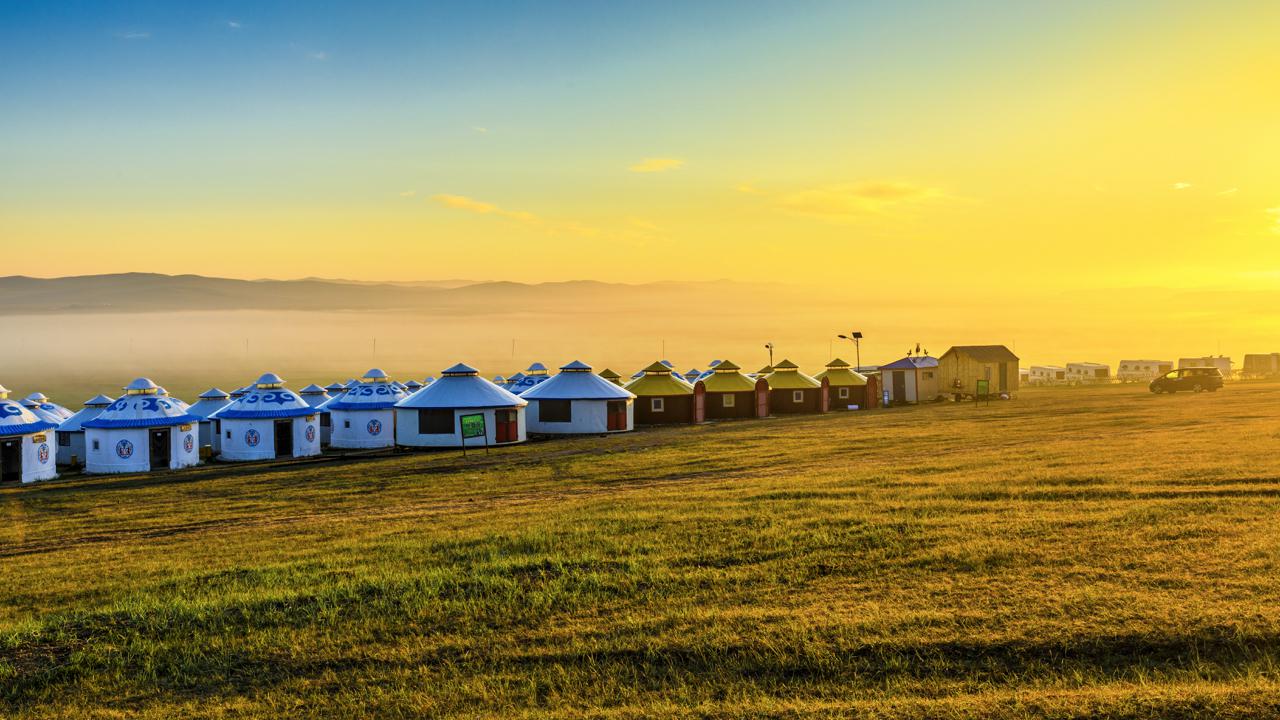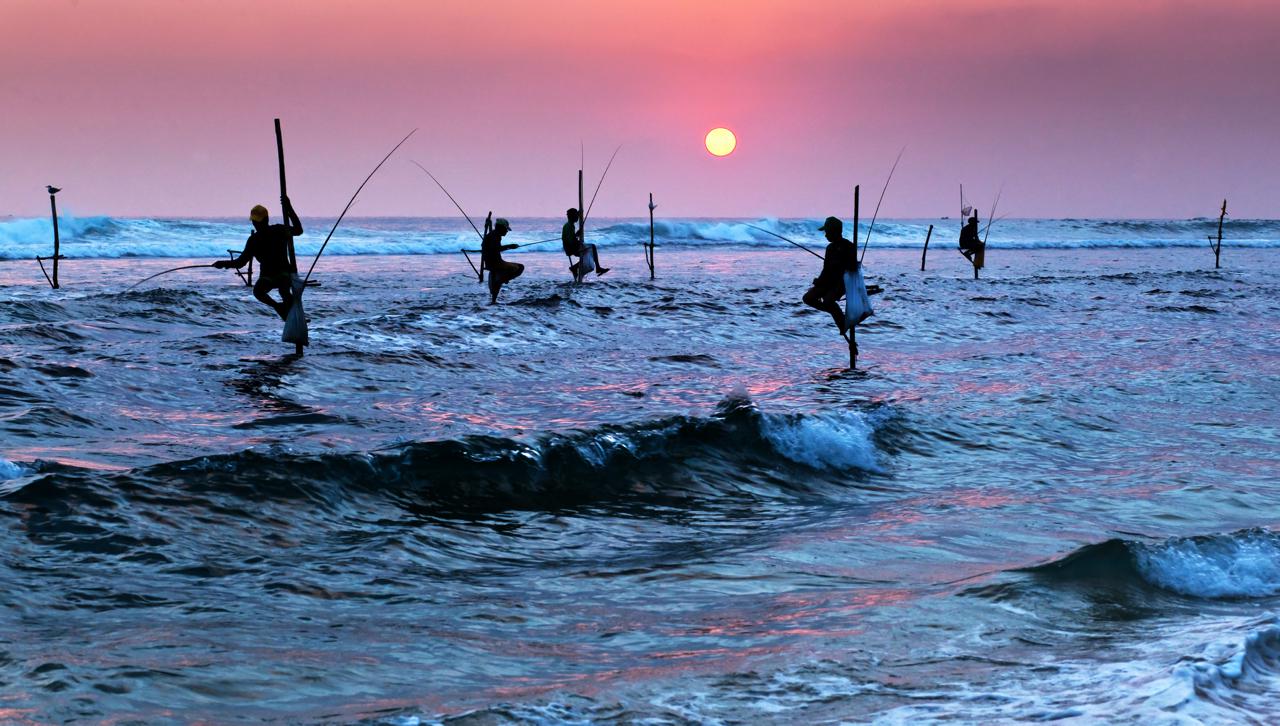Multiple Regions Beaches, Cities, Countryside
The Hottest Emerging Luxury Travel Destinations (and They’re Not What You Think)


Move over, hotel suites. Today’s luxury traveller is seeking out much more than five-star accommodation
What comes to mind when you hear the words “luxury travel”? The Maldives? The George V in Paris? Palm-fringed islands in the azure waters of Fiji or Tahiti? But what about Mongolia, Chile, or possibly Lapland, preferably when the northern lights paint the winter’s night sky?
“The concept of luxury travel has been completely redefined,” according to Nathan Wedding, founder of Brisbane-based Seven Skies. “In the sense that most of our clients live in houses that are better than just about any hotel in the world. They’re not looking for a suite with 600 thread-count sheets, what they want is an experience.”
For almost a decade, Seven Skies has been taking ordinary mortals to extraordinary places, and it’s this search for the miraculous that is an emerging trend for the modern-day luxury traveller. A typical Seven Skies itinerary cherry picks the best of local culture, wildlife, cuisine, accommodation and guides, and stitches them into a luxury cocoon.
“Mongolia is a great example,” says Wedding. “Nobody thinks of luxury and Mongolia in the same breath but in Mongolia, we’re doing luxury yurts completely nomadic style, moving from camp to camp and using light aircraft to fly clients around. We’re going from the Altai Mountains, the domain of Kazakh nomads who hunt from horseback with eagles, to the Gobi Desert, to steppe meadows carpeted with wildflowers to majestic lakes. There are no other travellers, it’s just you.”
It’s usually adventurers and hardcore backpackers who pioneer these experiences. By the time the luxury lodging arrives on the scene, the magic has faded. The wildlife is a little less wild and the animist cultural festivities are now part of an after-dinner show, but Wedding serves up the experience when it’s still close to its raw state and burnishes it with a gold edge.
What is also revolutionary is the concept of luxury travel as a moveable feast. Luxury is no longer bolted in place but, with deep enough pockets, something you can transplant, to whatever wild and untamed places your imagination can conjure up.
Sarah Hoyland, Director of Sydney’s Classic Safari Co, is seeing much the same demand. “We do a tented walking safari in Kenya with camels and Samburu warriors as guides and it’s an amazing experience, without sacrificing creature comforts. What the chefs can produce from a bush oven on the shores of Lake Turkana is just incredible. They make magic happen where magic has no business being.”
“How you define luxury is changing,” says Hoyland. “Not for every traveller, but for those who are looking for an experience. It’s gone from being a five-star hotel room to a five-star destination. For them it’s not about Persian rugs on the floor and 17 scatter cushions on the bed, it’s about warm hospitality and personal service, and the location is absolutely key.”
“Experience” is the word that resonates among leading luxury travel providers these days. Wedding applies the word to Aman-hopping journeys in Bhutan, where road travel is bouncy and slow, to Christmas in a glass-topped igloo in Lapland, to a luxury tented camp at 3500 metres in Ladakh’s Indus Valley.
It’s also the word Danny Englman of Melbourne’s FBI Travel uses for the high-end Japan trips he choreographs for clients looking for something outside the ordinary. While Yvonne Verstandig, co-founder of Melbourne’s Executive Edge, references helicopter safaris she organises in northern Kenya. “People are wanting to get off the beaten path, that’s my take on luxury; it’s an experience,” says Verstandig.
Hoyland applies the concept to bespoke four-wheel drive safaris she offers across the Chilean Andes, which she describes as “luxe glamping with ensuites, fine wines and gourmet dining, with condors and the peaks of the Andes overhead.”
She nominates Chile as one of the brightest of the emerging stars on the luxury travel firmament. “It’s because of the diversity of landscapes,” she says. “You can combine the Atacama Desert, the highest, driest desert on the planet, with the icy wilderness of Torres del Paine and Perito Moreno Glacier in Patagonia, and in between is this glorious wine region. Some of the lodges are just amazing. Places like the Awasi Atacama and the Explora Salto Chico and the Singular in Patagonia; they are outstanding, absolutely flawless.”
Another key destination for the Classic Safari Co is Ethiopia. “Definitely up and coming,” says Hoyland. “Especially the Karo and Mursi tribal regions in the country’s south, these are people straight out of National Geographic, the body decoration is just amazing. It doesn’t come with five-star accommodation, but our clients love it.”
Luxury travel 2018 is not all about Bear Grylls adventures, albeit with a silk edge. For anyone looking for total relaxation in a warm and interesting part of the world where the languid arts are honed to perfection, there’s plenty on the horizon.
For Englman, the hot new luxury destination is Sri Lanka. “That’s a country poised to take off big-time. It’s not the same level of luxury you’re going to get in a five-star hotel in Hong Kong but it’s very authentic, and Sri Lanka has some very beautiful properties in stunning locations,” he says. “Travellers need to be a little more open-minded, but they’ll have an amazing experience.”
Verstandig echoes that assessment. “In Sri Lanka you’ve got culture, wonderful boutique hotels that have been converted from grand colonial homes, some stunning properties in Yala National Park and there’s the Aman resorts. Sri Lanka is just emerging on the luxury travel scene, but it’s going to boom.”
For Kerry Schmoock, luxury travel designer at Adelaide’s Luxury Life Travel, it’s the Seychelles. “It has elements of Mauritius and also the Maldives, but the Seychelles is my favourite of those three,” she says. “It has a very natural soul, the people are gentle and the Seychellois way is very relaxed. It’s a cultural melange of Africans, Indians, French and Chinese with some great cultural assets, and wildlife conservation is a key priority.
“There’s some extraordinary properties there,” Schmoock adds, “some on Mahé, the main island, but also some great places on private islands. North Island is one of the standouts, along with Frégate Island Private and Denis Island, which has palatial cottages and villas but no television or phone signal. It’s a pristine paradise, with nothing to disturb the sensations of the natural world.”
“It’s also easy to get to if you take the non-stop SriLankan Airlines flight between Melbourne and Colombo,” according to Schmoock. “A lot of clients are pairing this with the Maldives, so you’ve got a great cultural immersion and one of the ultimate resort experiences, the best of both worlds.”
Latest Articles
Don't miss the latest from Luxury Travel
